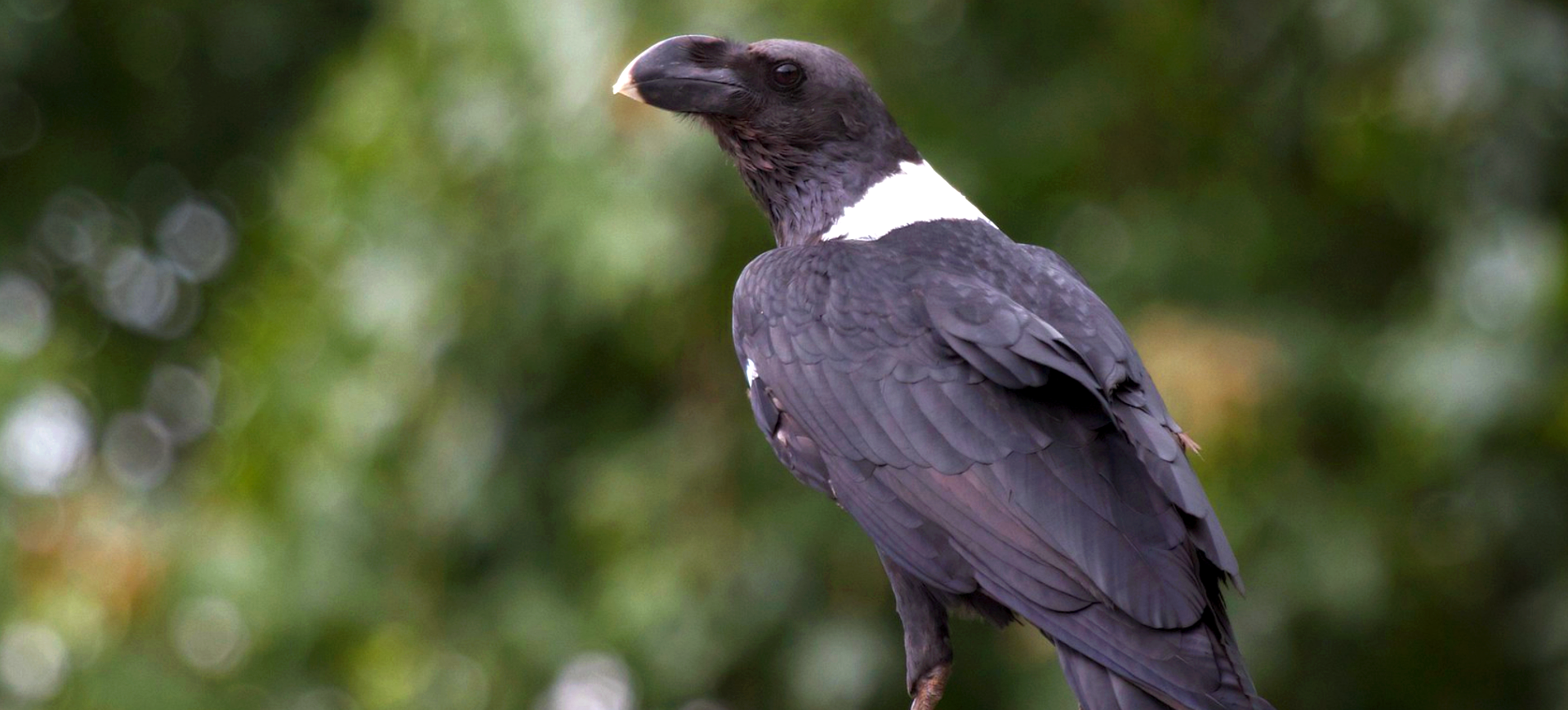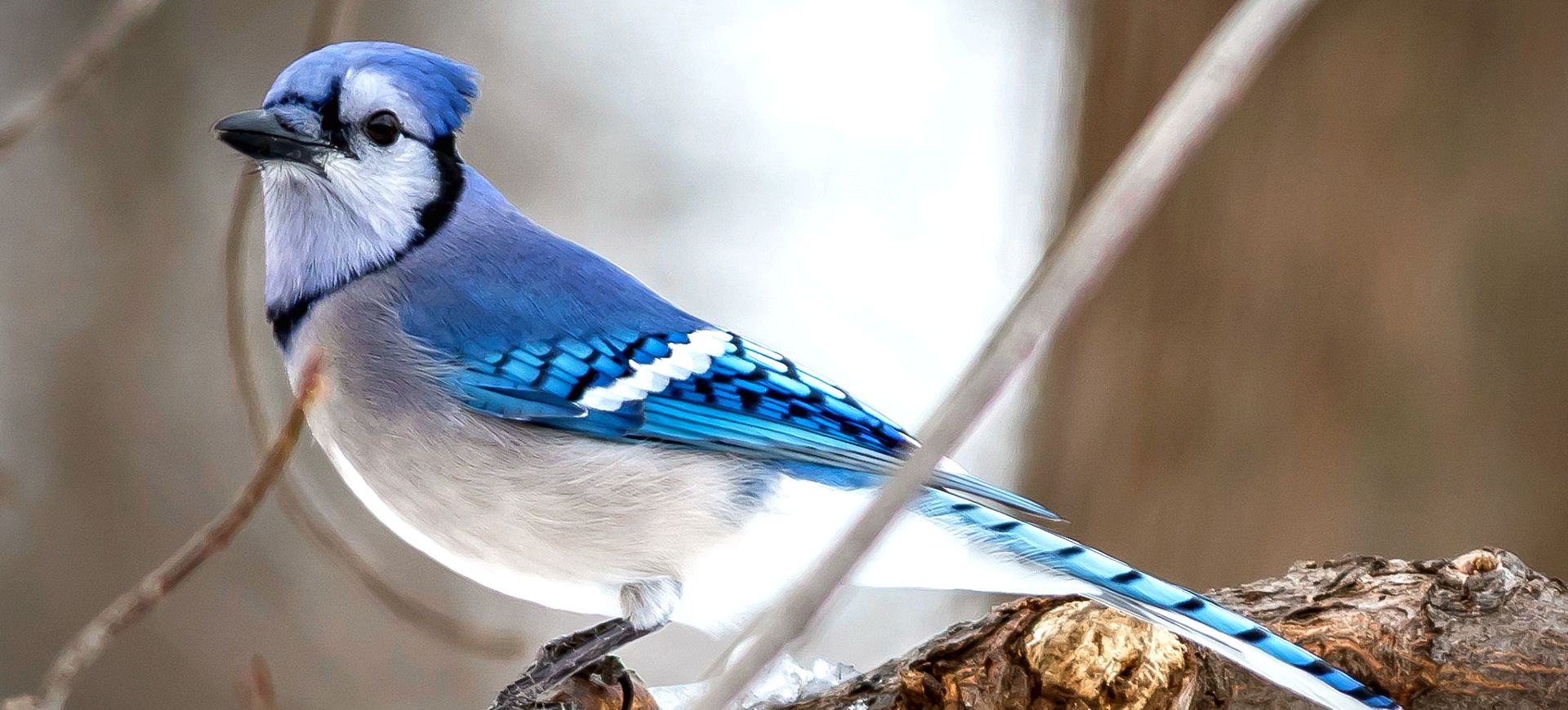Overview
The Green Jay, scientifically known as Cyanocorax luxuosus, is a striking bird native to the Americas. Renowned for its vibrant plumage, the Green Jay exhibits shades of green, blue, and yellow, with a black head and throat and a distinctive blue and white patch on the forehead. This medium-sized bird is part of the Corvidae family, which includes crows and ravens, known for their intelligence. Green Jays are social, gregarious birds often found in groups and are notable for their loud and varied calls.
Green Jays inhabit various wooded environments, including subtropical and tropical areas. They are adaptable birds that thrive in dense forests and scrubland. These birds exhibit a high level of curiosity and are known to investigate their surroundings thoroughly. Green Jays are also recognized for their problem-solving abilities, a trait common in the Corvidae family.
In addition to their striking appearance, Green Jays are known for their complex social structures. They live in family groups and demonstrate cooperative behaviors, such as communal feeding and joint defense of territories. These social dynamics contribute to their success in various environments. The Green Jay’s diet varies, including insects, seeds, fruits, and occasionally small vertebrates, reflecting their adaptability and opportunistic feeding habits.
Taxonomy
Kingdom
Phylum
Class
Order
Family
Genus
Species
Type
Physical Description:
The Green Jay is a medium-sized bird, measuring about 9-12 inches long and weighing 2.3-3.5 ounces. Its most prominent feature is its colorful plumage, primarily bright green on the back and wings, with a blue and black head, a yellowish underbelly, and distinctive blue and white facial markings. The wings and tail display a striking blue, green, and black mix, with the tail often showing a brighter blue.
Their beaks are stout and slightly curved, adapted for a varied diet. The eyes are sharp and alert, indicative of their intelligent and curious nature. Males and females have similar plumage, which is common in many bird species where both sexes participate in raising offspring. The Green Jay’s colorful appearance makes it visually striking and aids in camouflage among the foliage of its habitat.

Lifespan: Wild: ~8 Years || Captivity: ~11 Years

Weight: Male & Female: 2.3-3.5 ounces (65-100 grams)

Length: Male & Female: 9-12 inches (23-30 cm)

Wingspan: Male & Female: 16-18 inches (40-45 cm)
Characteristic:
Native Habitat:
The Green Jay’s native habitat spans from southern Texas in the United States through Mexico and Central America to northern South America. They are found in various environments, including tropical and subtropical forests, woodlands, and scrublands. Their preference for wooded areas provides ample food sources and nesting opportunities.
These birds are well-adapted to both dense forests and more open wooded areas. In South America, they are primarily found in Andean forests, while in Central and North America, they inhabit lowland woods and thickets. The diversity of their habitats highlights their adaptability and resourcefulness in different environmental conditions.
Climate Zones:
Biogeographical Realms:
Continents:
Diet:
Diet & Feeding Habits:
Green Jays have an omnivorous diet that includes insects, fruits, seeds, and occasionally small vertebrates. Their diet varies seasonally and depends on their environment’s availability of food sources. They are skilled foragers, often seen hopping along branches and on the ground, searching for food. Their strong beaks are well-suited for cracking open seeds and nuts.
In addition to foraging for food, Green Jays are known to store food for later consumption, a behavior known as caching. This helps them survive in environments where food availability fluctuates. They are also opportunistic feeders, known to visit bird feeders in areas where they coexist with humans. Their diet flexibility is a key factor in their adaptability to different habitats.
Mating Behavior:
Mating Description:
Green Jays are monogamous, with pairs often remaining together for multiple breeding seasons. Their mating behavior includes courtship displays, such as offering food and vocalizations. They are cooperative breeders, meaning that in addition to the breeding pair, other group members may help in raising the young. This includes feeding and protecting the chicks.
The breeding season varies depending on their location but generally occurs during the spring and early summer. The female builds the nest, usually in a tree or shrub, using twigs, leaves, and other plant materials. She lays 3-5 eggs per clutch, which she primarily incubates for about 16-18 days. The male and other group members assist in feeding and protecting the nestlings once they hatch.
Reproduction Season:
Birth Type:
Pregnancy Duration:
Female Name:
Male Name:
Baby Name:
Social Structure Description:
Green Jays are highly social birds, often found in family groups or small flocks. These groups engage in various social behaviors, including cooperative foraging, communal roosting, and joint territorial defense. Their social structure is complex, with a hierarchy governing group interactions.
Communication within these groups is essential and is facilitated through various vocalizations. Green Jays are known for their loud and varied calls, which they use to maintain contact with each other, signal alarms, and coordinate activities. Their social nature and intelligence make them fascinating subjects for animal behavior and communication study.
Groups:
Conservation Status:
Population Trend:
The Green Jay population is considered stable across its range. They are common in many areas, particularly in protected habitats and reserves. Their adaptability to different environments and diverse diet helps them thrive in various settings. However, habitat loss and fragmentation due to human activities threaten their populations in some regions.
Conservation efforts primarily focus on habitat preservation, ensuring the Green Jays have access to the wooded environments they require for nesting and foraging. In areas where their habitat is threatened, efforts are made to protect and restore these environments to support a healthy population.
Population Threats:
The main threat to Green Jays is habitat loss due to deforestation and urban expansion. As their habitats are fragmented or destroyed, finding adequate food sources and nesting sites becomes challenging. In some areas, pesticides can also impact their food sources, particularly insects, which are a significant part of their diet.
Climate change poses a long-term threat, potentially altering their habitats and affecting food availability. Monitoring these changes and implementing conservation strategies that address these emerging challenges is important.
Conservation Efforts:
Conservation efforts for the Green Jay include habitat protection and restoration. This involves preserving existing forests and woodlands and reforesting areas that have been degraded or cleared. Protected areas and wildlife reserves are crucial in conserving their natural habitats.
Education and community involvement are also key components of conservation efforts. Raising awareness about the importance of preserving natural habitats and species’ ecological role, like the Green Jay, can help garner support for conservation initiatives. In some regions, projects focus on sustainable land use practices that benefit wildlife and local communities.
Additional Resources:
Fun Facts
- Green Jays are known for their intelligence, comparable to other Corvidae members like crows and ravens.
- They have various vocalizations, which they communicate within their social groups.
- Green Jays are known to use tools, a behavior rarely observed in birds.
- They can mimic the calls of other bird species and even some human-made sounds.
- In addition to being visually striking, their colorful plumage helps them blend into the foliage of their habitat.
- Green Jays play a role in seed dispersal, aiding in new plants’ growth and their ecosystems’ health.
- Their social structure is complex, with family groups often including non-breeding individuals who assist in raising young.
- These birds are curious and known to investigate new objects in their environment.
- Green Jays are popular among birdwatchers due to their striking appearance and lively behavior.
- They have a strong territorial instinct and can be quite vocal in defending their area from intruders.










